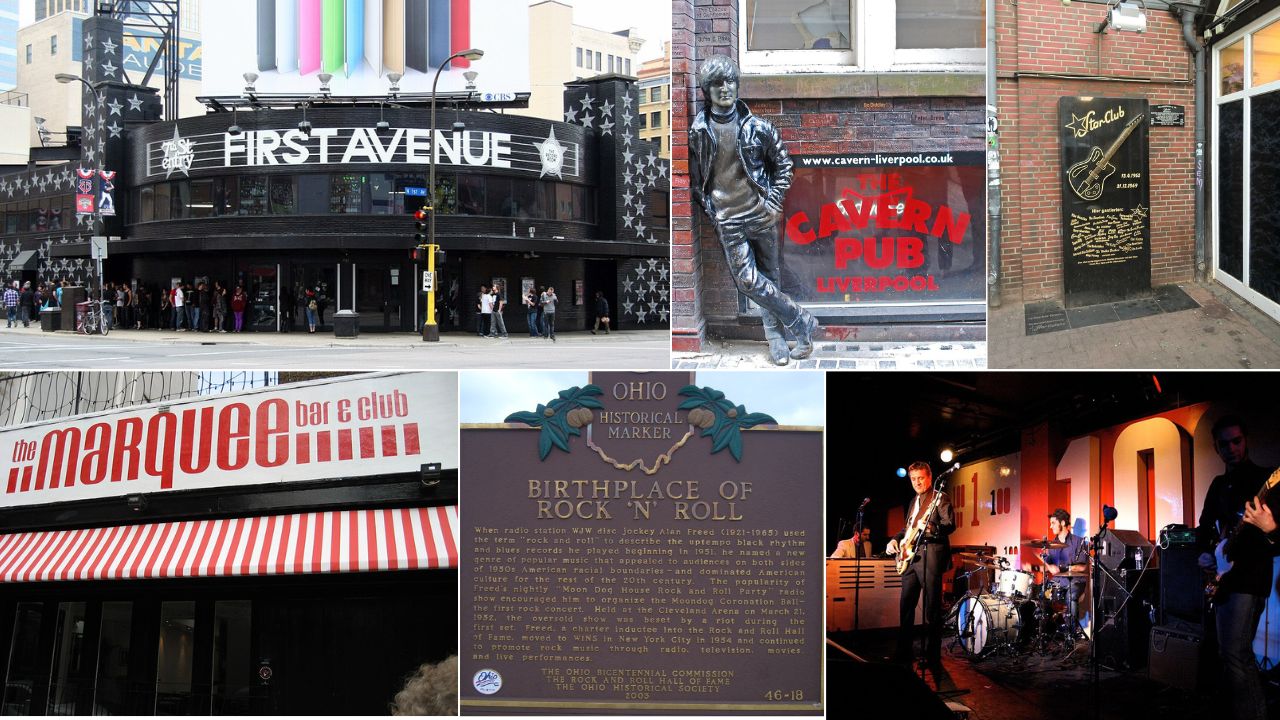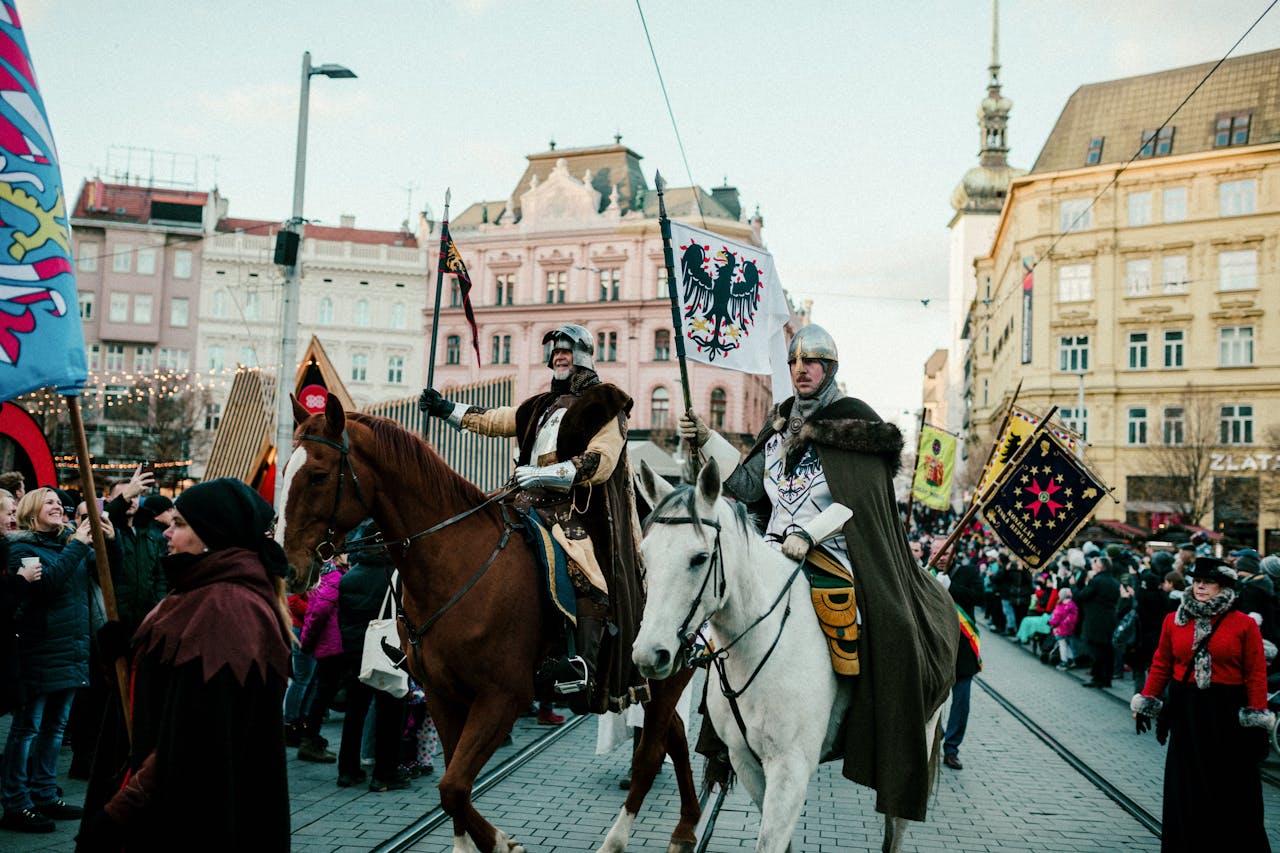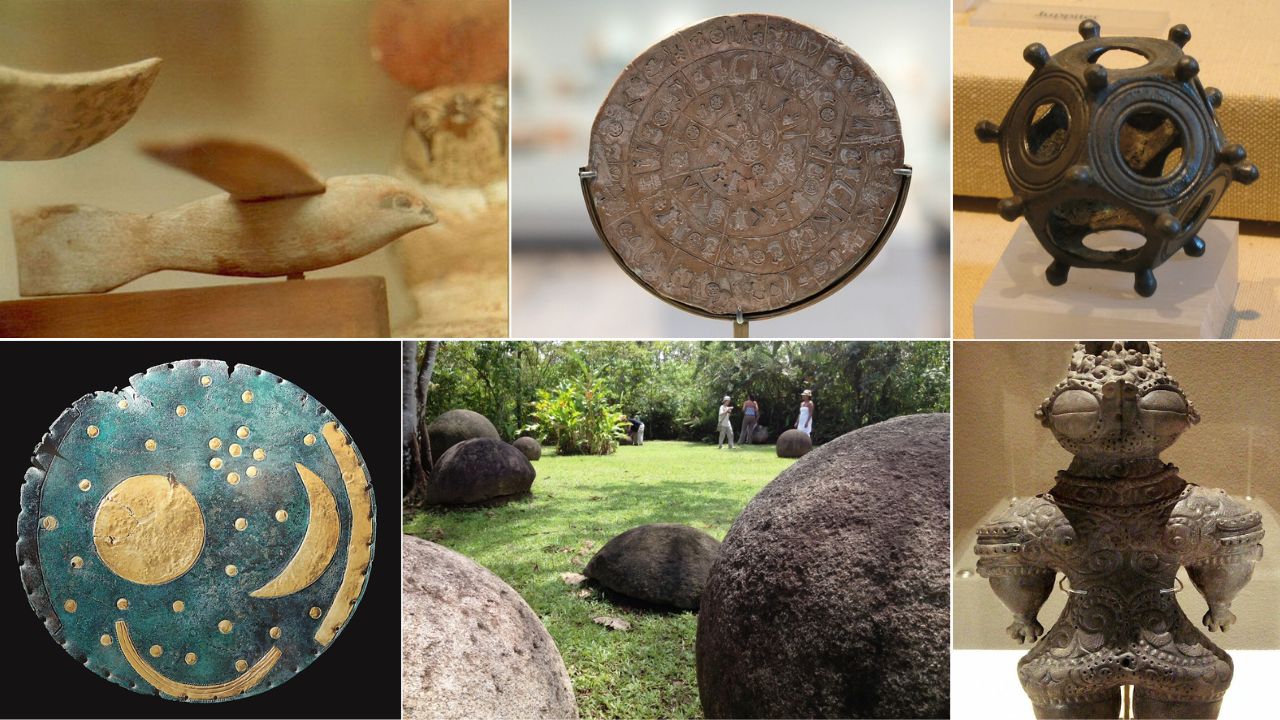Rock history began in small, sweaty clubs long before stadium tours. These rooms gave future icons a crowd, a working sound system, and a shot at a first big headline. Most opened between the 1950s and 1970s on busy streets where DJs, managers, and local writers traded tips after midnight. Here, bands tested new songs, earned residencies, and recorded live sets that changed careers. Use this gallery to trace the stages where legends leveled up, and where new artists still chase that breakout night.
1. Cavern Club (Liverpool)

The Beatles played the Cavern Club nearly 300 times from 1961 to 1963. Local manager Brian Epstein first saw them here in late 1961, then secured the record deal that produced Love Me Do in 1962. The low brick cellar was sweaty, loud, and packed with lunchtime crowds from nearby offices. Merseybeat bands rotated through, but the Cavern became the Beatles launch pad. A rebuilt club on Mathew Street marks the spot and keeps the early set lists alive for fans who want to stand where it began. Original brick arches amplified the backbeat and harmonies that soon moved from cellar to charts.
2. Star-Club (Hamburg)
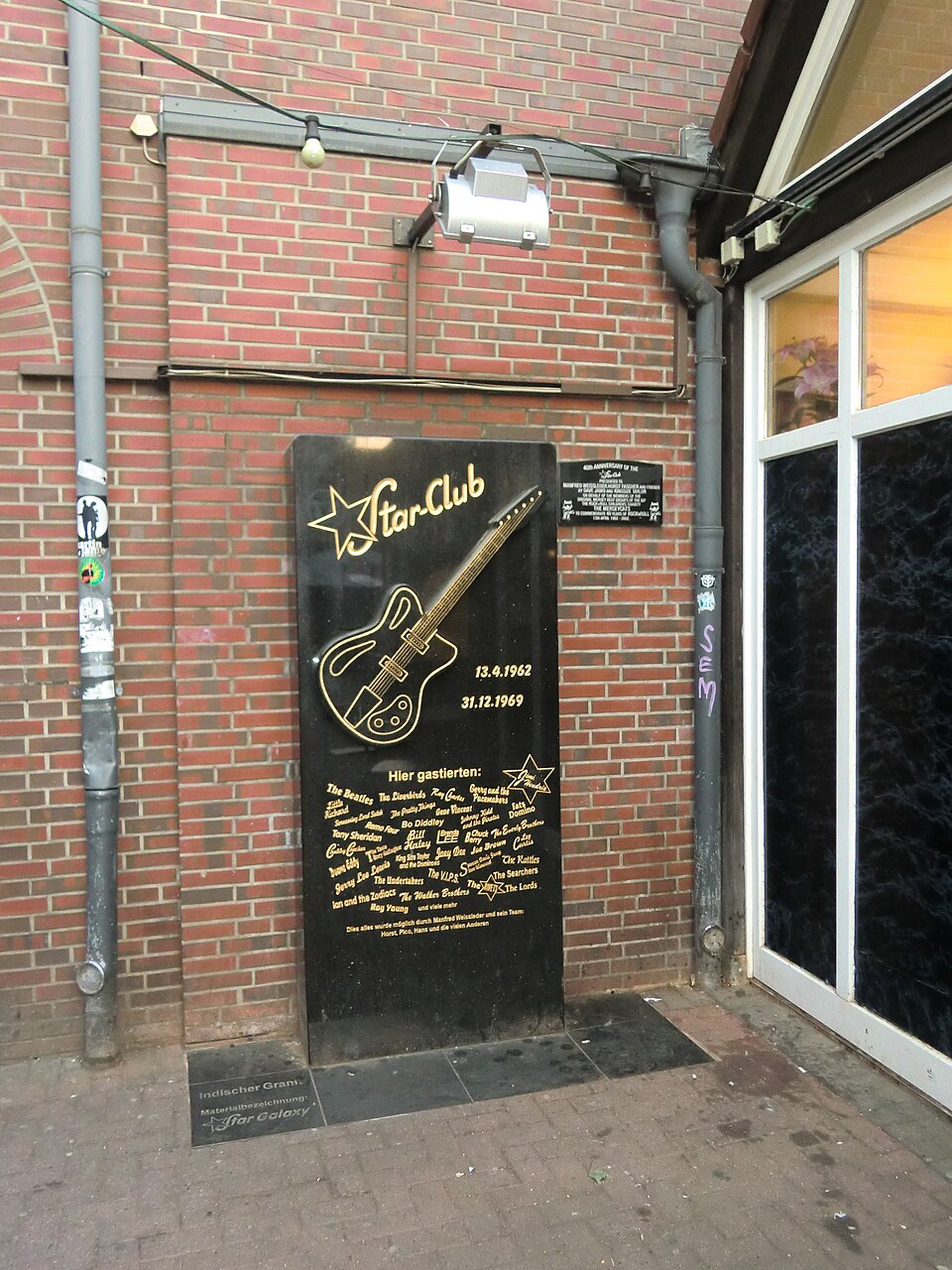
Hamburg’s Star-Club put raw rock onstage for long nights. The Beatles sharpened their set there in 1962, playing marathon shows that built stamina and tight timing. Jerry Lee Lewis cut a ferocious live album at the venue in 1964 that critics still praise. The room booked Little Richard and Chuck Berry too. Clubs on the Reeperbahn taught British bands hard lessons about volume, pacing, and crowd control. Many returned to England far better prepared than when they arrived. Nightly stage time forged tighter bands and tougher repertoires than any short showcase could.
3. CBGB (New York)
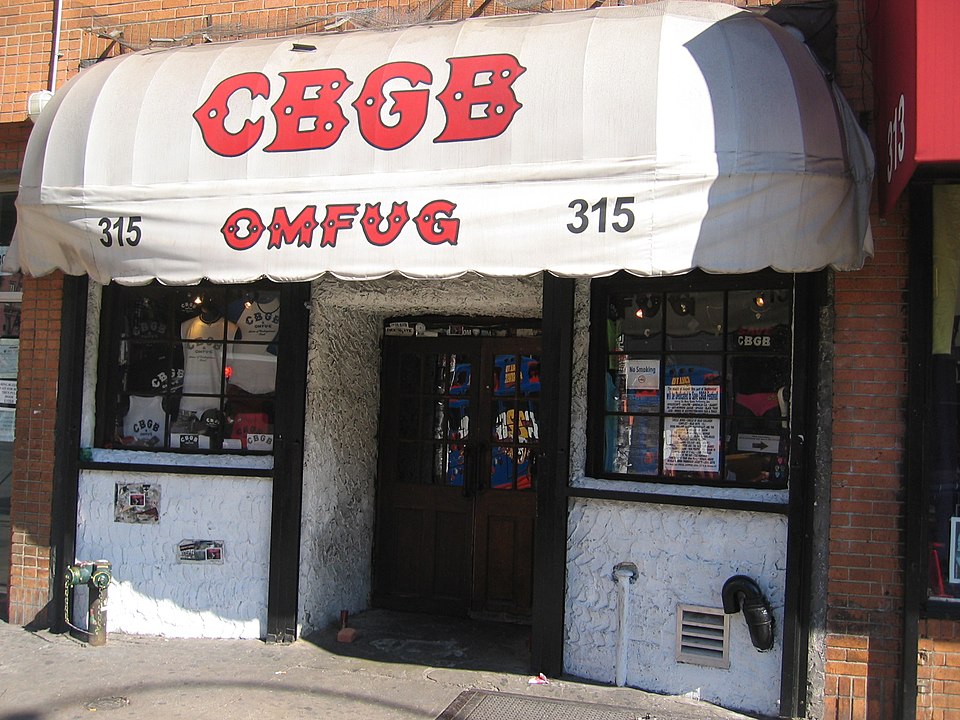
CBGB became the home of New York punk and new wave in the mid 1970s. The Ramones debuted short, fast sets in 1974. Patti Smith, Talking Heads, and Blondie followed with artier moves that later changed radio. The narrow room and concrete floors forced bands to win a crowd fast. Flyers, fanzines, and college stations spread the sound beyond the Bowery. By the early 1980s, CBGB alumni were headlining theaters and selling gold records, turning a dive into a launch site. Door policies favored originals over covers, pushing bands to write new material every week.
4. Whisky a Go Go (West Hollywood)
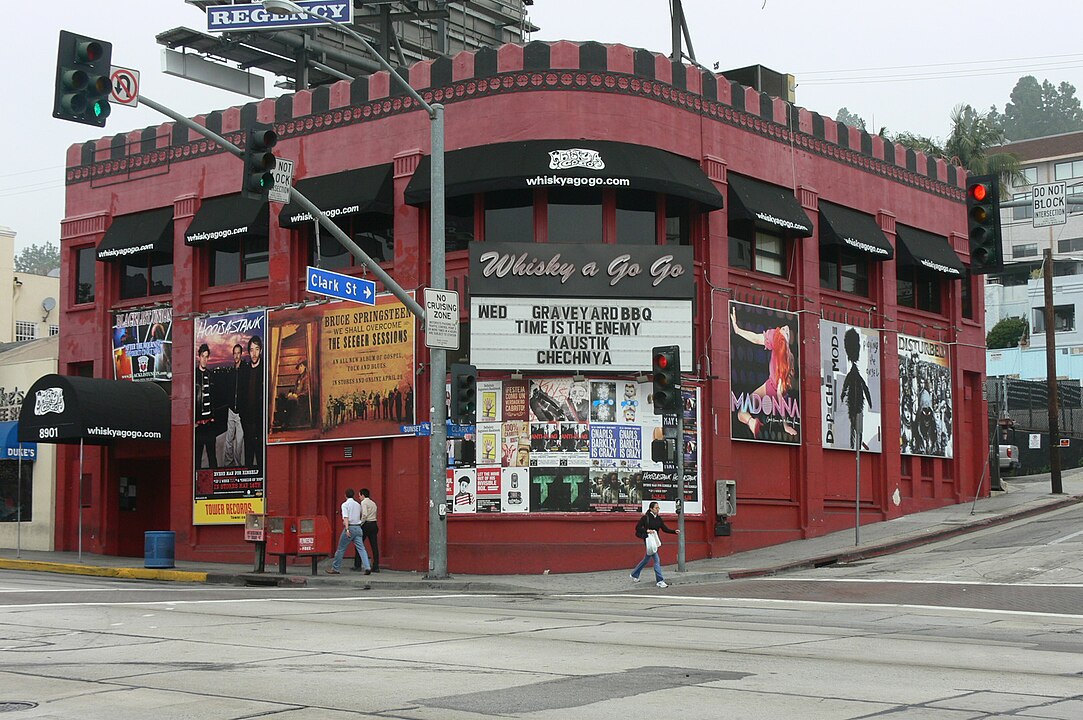
On the Sunset Strip, the Whisky a Go Go booked house bands that soon went global. The Doors were the house act in 1966 before releasing their debut album. Buffalo Springfield tested songs on the same stage, and later punk and hard rock scenes cycled through. Label scouts and rock photographers packed the balcony because any week could reveal the next headliner. The compact floor, go-go cages, and tight sound made early shows feel dangerous and close, perfect for first breaks. House DJs and quick changeovers kept crowds moving while bands learned to seize short sets.
5. The Troubadour (West Hollywood)

The Troubadour is a songwriter’s launch pad. Elton John’s U.S. debut shows in 1970 drew critics and stars, leading to rapid national airplay. The Eagles formed key connections here, and James Taylor built early buzz with calm, intimate sets. The room seats a few hundred, so a great night felt electric and personal. Managers watched for breakout songs, then called labels in the morning. Decades later, young bands still book a first sellout here to prove they are truly ready. Word of mouth moved fast here because critics and radio programmers drank at the same bar.
6. The Fillmore (San Francisco)
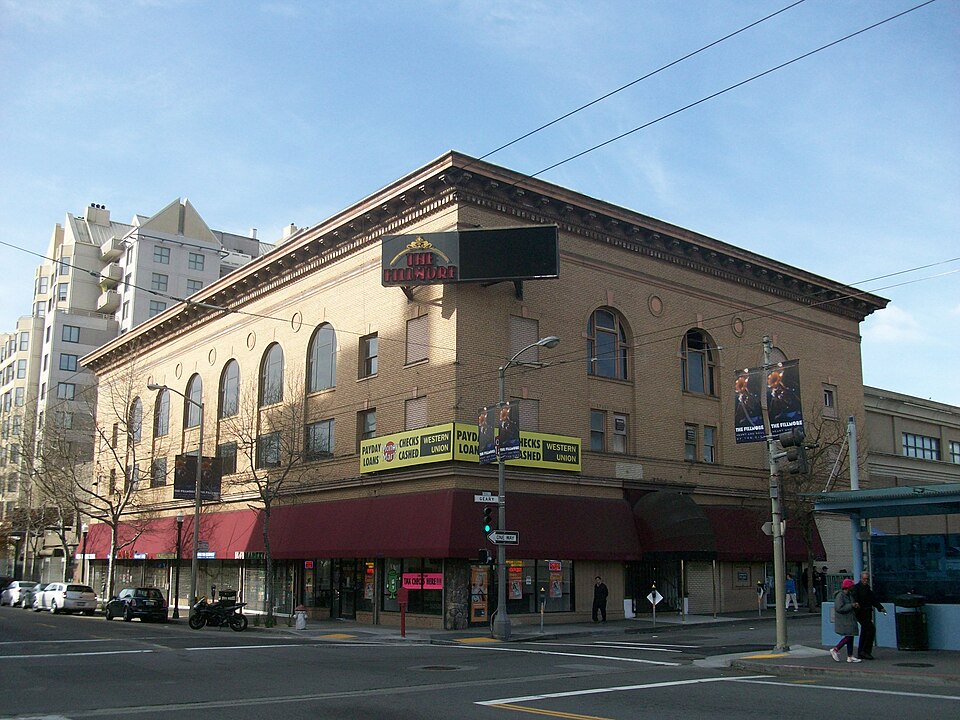
Promoter Bill Graham’s Fillmore turned San Francisco into a touring hub. In the late 1960s it showcased the Grateful Dead, Janis Joplin, Jefferson Airplane, and Santana on stacked bills. Psychedelic posters, light shows, and strict set times made chaotic scenes run on schedule. Artists tested long jams before recording them, and fans learned to trust the marquee sight unseen. The Fillmore brand later spread to other cities, but the original room set the standard. Artists and audience trusted the room as a laboratory where risks could become signatures.
7. Marquee Club (London)
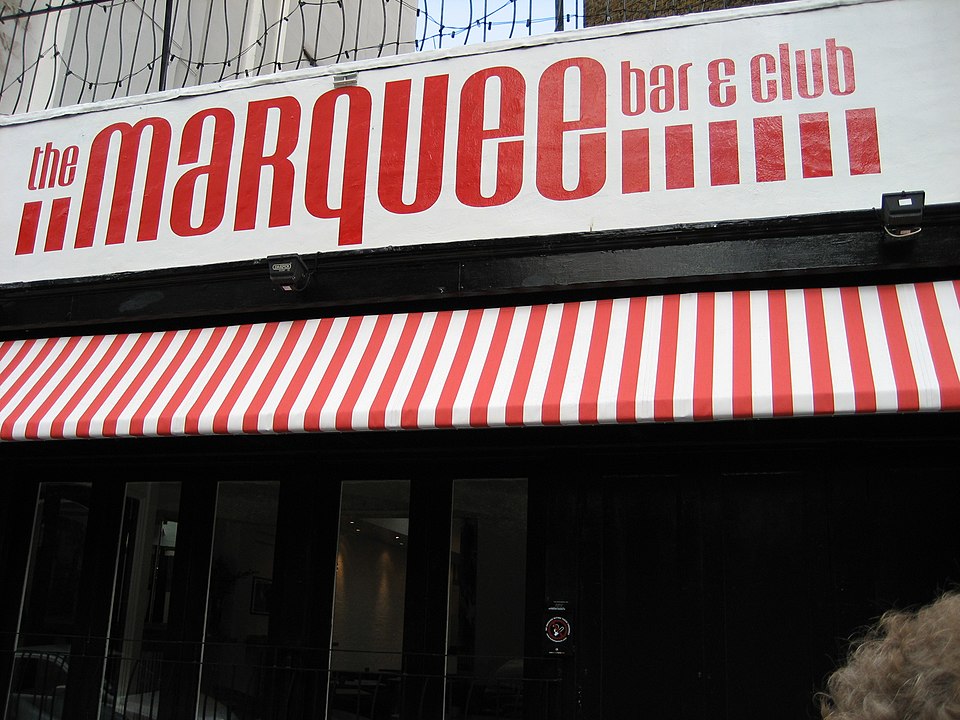
The Marquee Club hosted early shows by the Rolling Stones in 1962 and The Who soon after under their High Numbers name. It became a key room for British blues and Mod scenes in the mid 1960s. Later, David Bowie tried new material there before bigger theaters. The stage was compact, so bands relied on tight playing rather than spectacle. Music papers reviewed weeknight bills, turning sharp sets into national talk by Friday. Many classic singles were road tested at the Marquee first. Small capacities meant heat, volume, and immediate feedback that shaped arrangements before studio dates.
8. 100 Club (London)
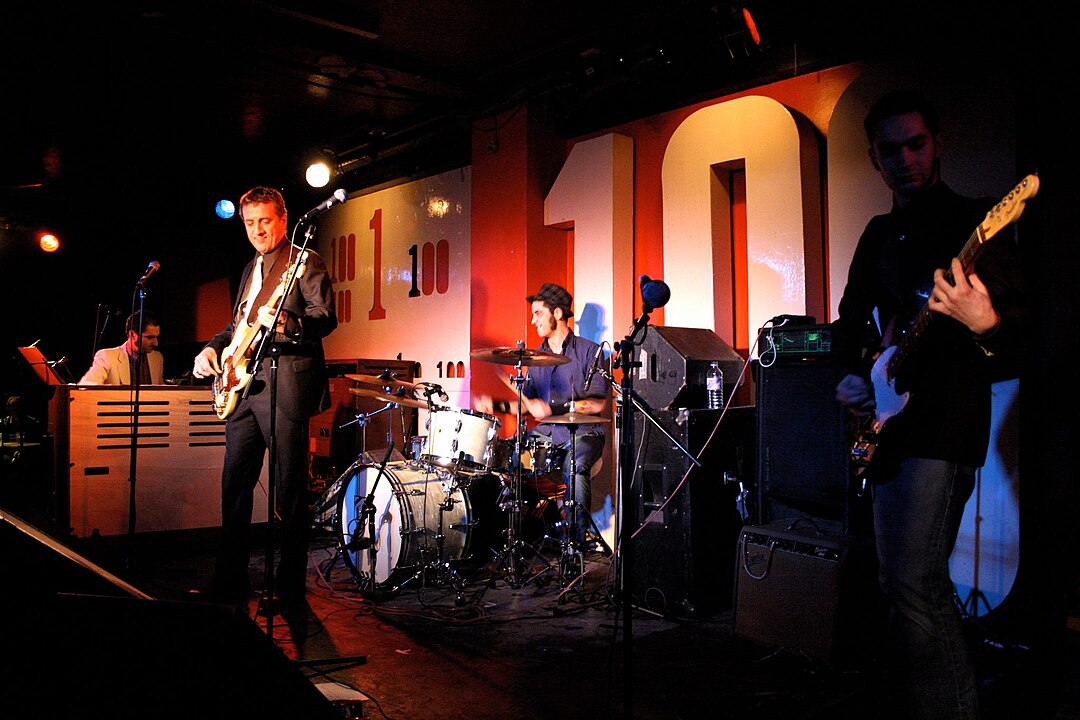
Oxford Street’s 100 Club is famous for the 1976 Punk Special, two nights that announced bands like the Sex Pistols and The Clash. The room had already hosted jazz and R&B for decades, so it knew how to move crowds. Punk favored speed and shock, yet the club kept rules that let risky shows run safely. Close stages forced direct contact with fans. Within a year, major labels had signed several of the acts that shook that room and changed British music. That shock-to-signing pipeline turned a basement into an accelerator for new styles.
9. The Stone Pony (Asbury Park)
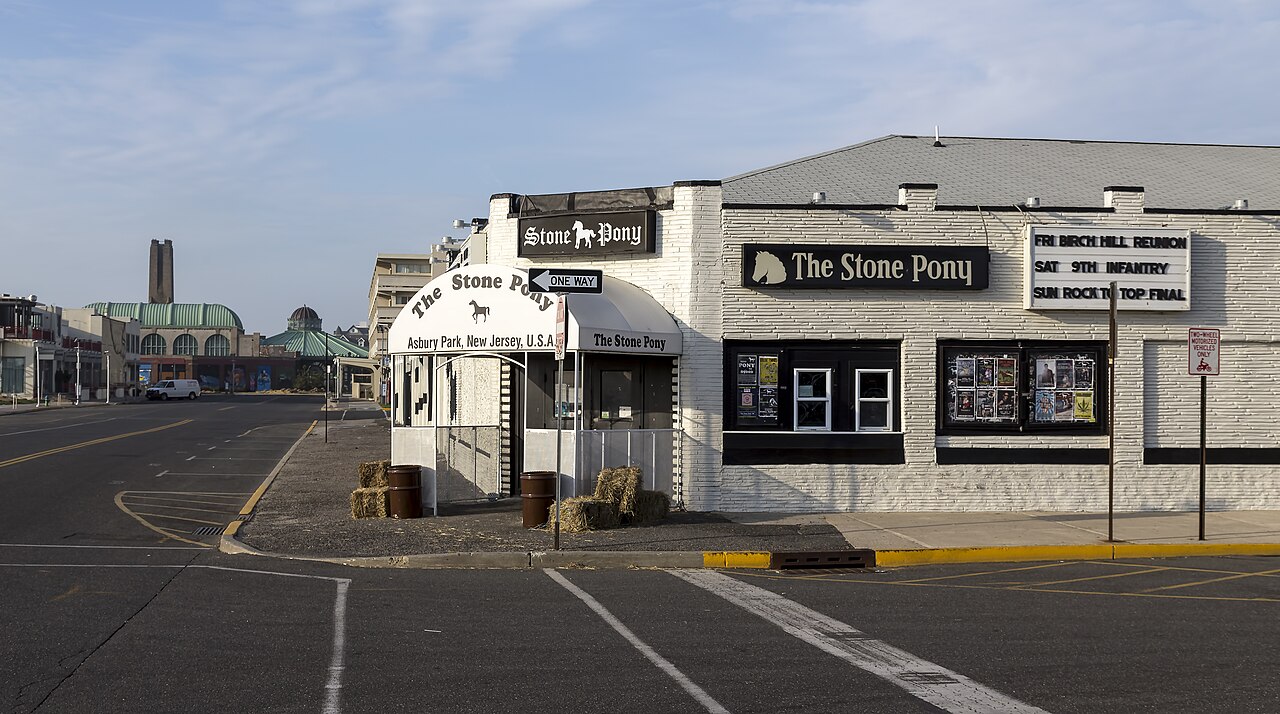
New Jersey’s Stone Pony gave Bruce Springsteen and the E Street Band a reliable home stage in the 1970s. Surprise sets built local legend before national fame. Southside Johnny and the Asbury Jukes packed the same room, shaping the shore sound with horns and bar-band energy. Club posters and bootlegs tracked the growth from bar favorite to arena hero. The venue still hosts summer shows that honor that history while giving new artists a first big crowd at the shore. Local radio and boardwalk word spread Friday nights into statewide buzz by Monday morning.
10. First Avenue (Minneapolis)
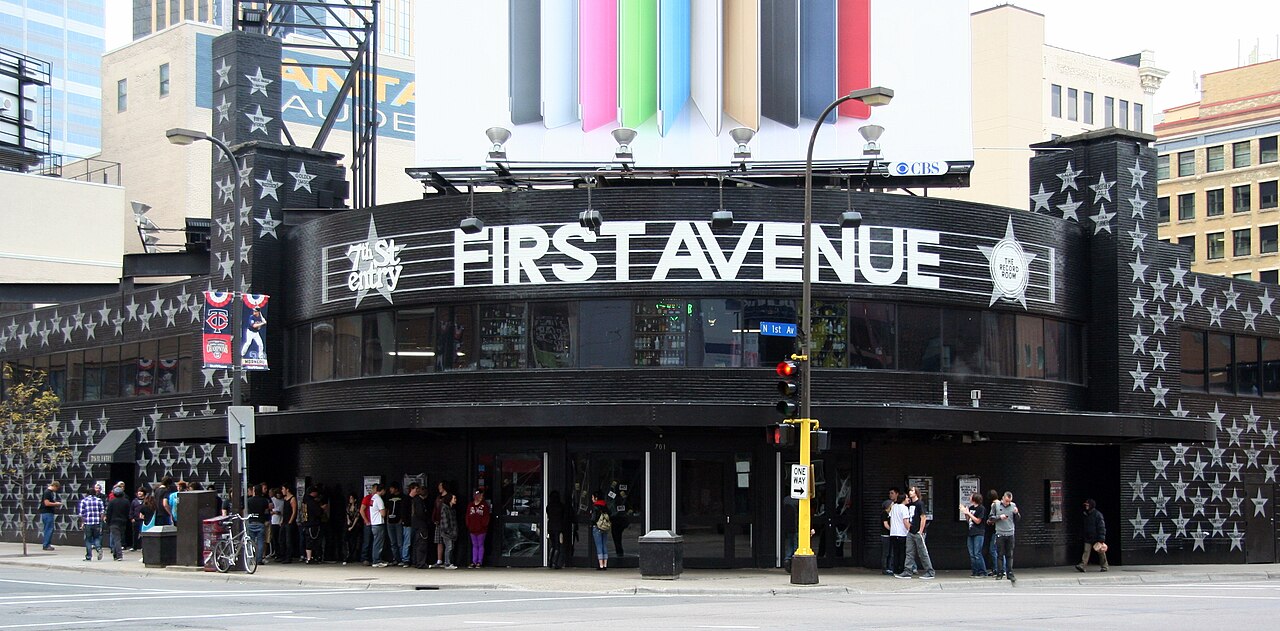
First Avenue helped launch Prince beyond Minnesota. Early 1980s shows proved he could command a rock club with funk, pop, and guitar solos. Scenes for the film Purple Rain were shot in the mainroom, turning the venue into a movie star too. The Replacements and Hüsker Dü used the stage to move from local buzz to national press. Its black brick exterior and wall of stars became a landmark that signals a step up for touring acts. Live recordings from the room captured breakthroughs that later anchored albums and tours.
11. Fillmore East (New York)

Fillmore East in the East Village earned the nickname Church of Rock. The Allman Brothers Band recorded Live at Fillmore East in 1971, a concert record critics still call essential. Jimi Hendrix, Led Zeppelin, and The Who ran high-energy sets here before stadium eras. Bill Graham’s team kept sound tight and schedules strict, building trust with audiences who bought weekend tickets on reputation alone. Many bands point to a Fillmore East bill as a turning point in their climb. Tight production turned long jams into clean mixes that labels loved.
12. The Matrix (San Francisco)
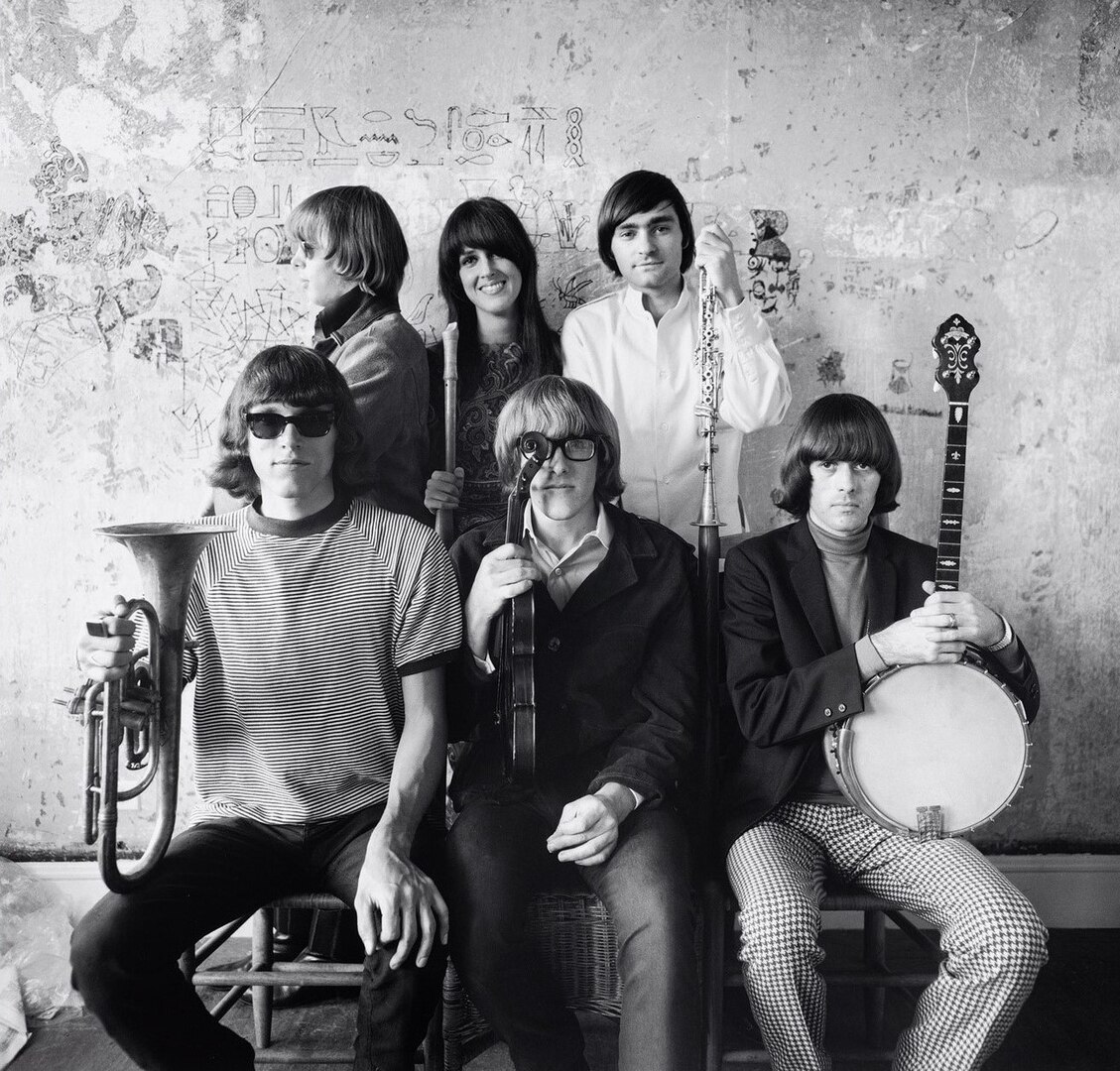
Opened in 1965, The Matrix was co-founded by Jefferson Airplane’s Marty Balin as a place his new band could work nightly. The club’s small stage hosted early sets by the Airplane, the Grateful Dead, and Big Brother and the Holding Company before major releases. Engineers taped board mixes that later surfaced as historic live albums. The room allowed long sets, quiet ballads, and feedback experiments that shaped the San Francisco sound. Small capacity kept focus on the players. Tape archives still capture songs growing from club pieces to anthems.
